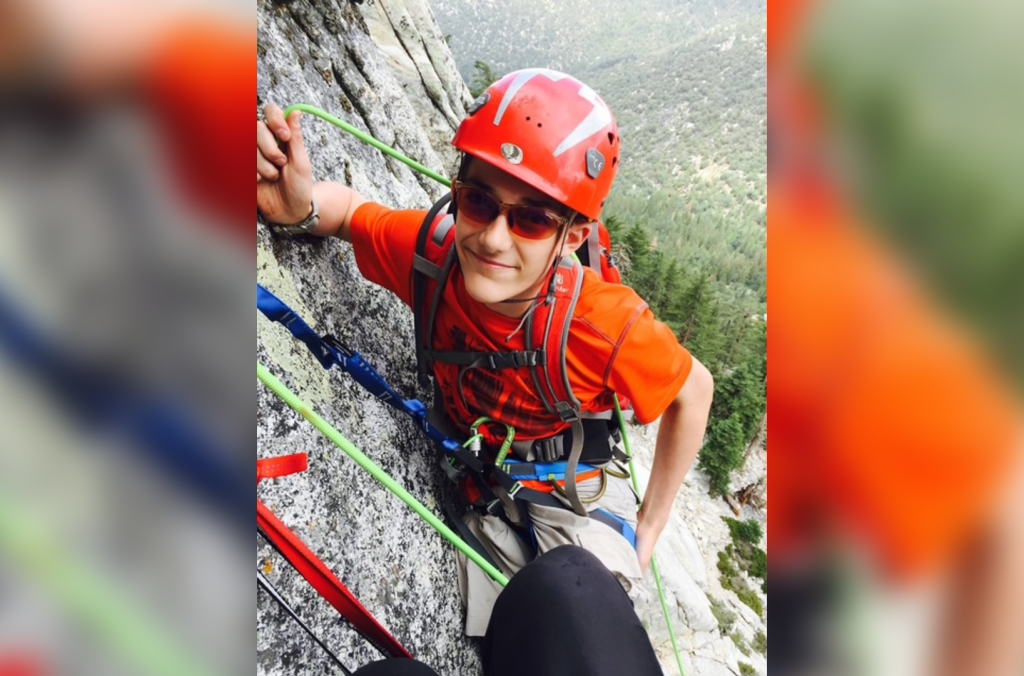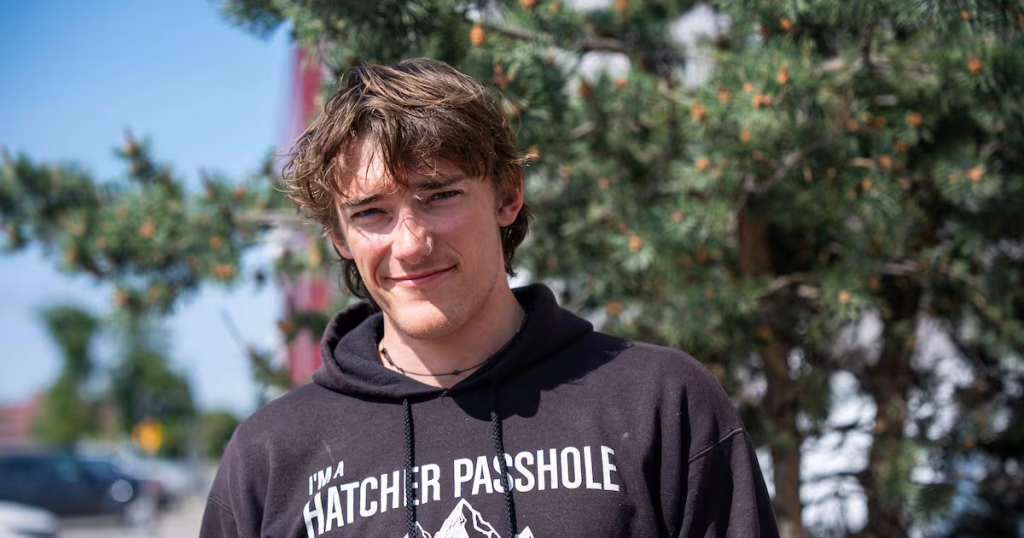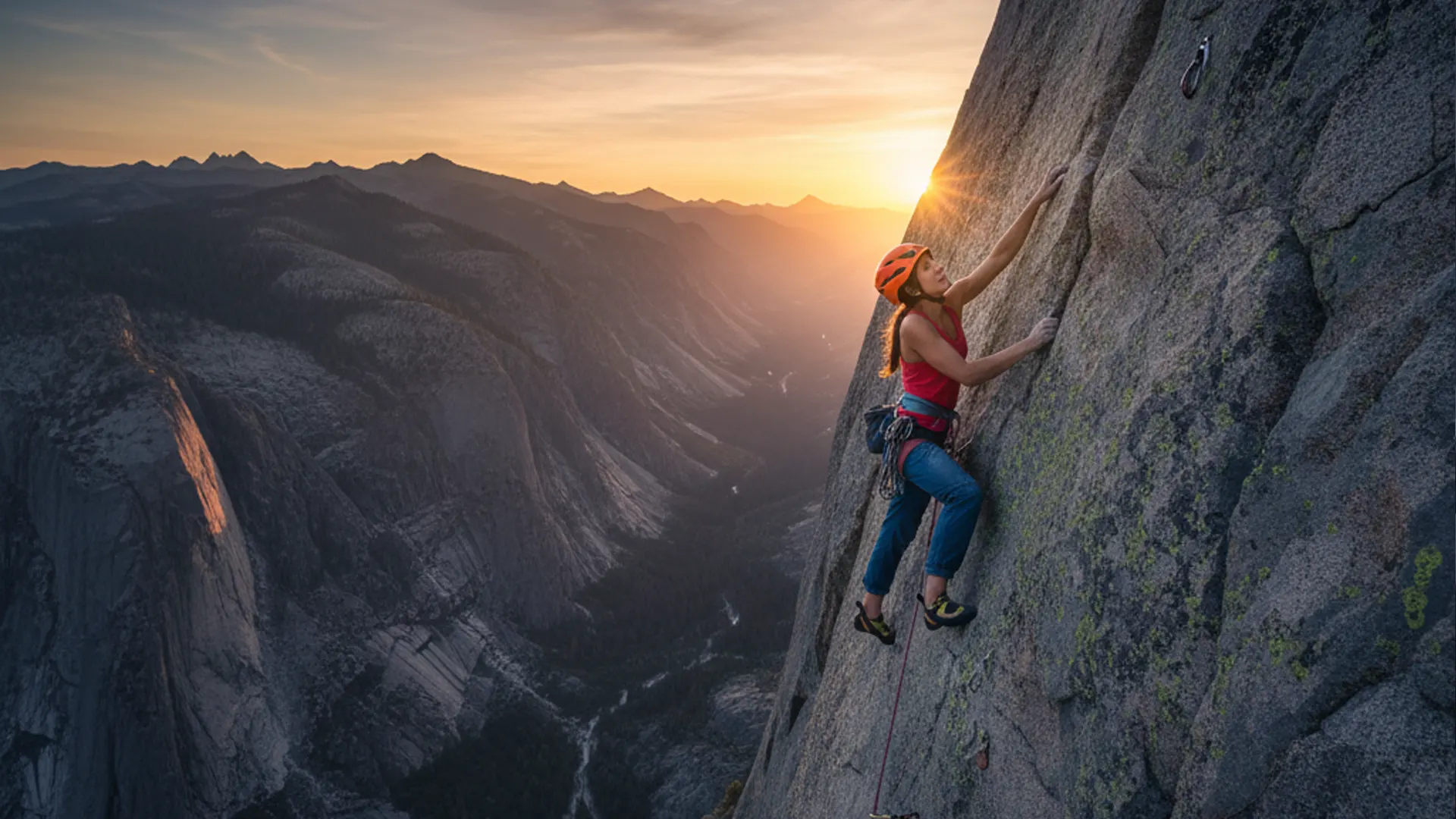There’s a unique silence that exists in the high mountains—a profound quiet that is the ultimate goal and the gravest danger for the solo alpinist. It’s a realm where every decision rests on one set of shoulders, a truth tragically underscored by the story of Balin Miller, who disappeared during a solo ascent of Mount Temple in the Canadian Rockies.
His story is not just a headline; it’s a crucial lesson in understanding alpine risk and the unforgiving nature of mountains.
The Allure of the Solo Ascent: More Than Just Thrill-Seeking
To grasp the risks, we must first understand the appeal. Solo alpinism is the purest form of climbing, a test of self-reliance that strips the experience down to its core. It’s not about careless thrill-seeking but about a disciplined pursuit of mastery and a profound connection with the mountain.
Climbers like Balin Miller are often highly trained athletes. Organizations like the American Alpine Club document the feats and sometimes the tragedies of such climbers, highlighting their deep respect for the mountain environment. This pursuit of purity, however, comes with a dramatically altered risk calculus.

Balin Miller’s Story: A Timeline of Uncertainty
In late June 2024, Balin Miller set out for a solo climb of the Grand Central Couloir on Mount Temple—a serious, committing route with significant objective hazards like rockfall and avalanches, detailed in guides from Parks Canada. He was an experienced climber, well-equipped and aware of the challenges.
When he didn’t return, a massive search and rescue operation was launched. Findings were sparse: his vehicle at the trailhead, followed by the recovery of some gear. The lack of a clear signal from his personal locator beacon (PLB) and the absence of a body have left a haunting void. This uncertainty is, in itself, a central lesson in the finality of solo climbing mishaps.
The Unforgiving Math: Key Risk Factors in Solo Alpinism
Balin’s story illuminates the critical risks that are magnified exponentially when climbing alone.
- The Absolute No-Fall Zone: In roped team climbing, a fall can often be caught. In soloing, a single slip on technical terrain is often fatal. There is no margin for error, a principle starkly outlined in safety resources from The American Institute for Avalanche Research and Education (AIARE).
- The Absence of a Second Opinion: Fatigue and altitude can cloud judgment. A partner provides a crucial reality check. Alone, confirmation bias (“I’m sure it’s fine”) can be a deadly trap. The decision to turn around is the most important skill in a climber’s toolkit.
- The Cascade Effect: A small problem becomes a catastrophe. A dropped glove leads to frostbite, which leads to slowed movement. Without a partner to share resources or provide assistance, a minor issue can trigger an inescapable chain of events.
- The Communication Void: While devices like PLBs are vital, they are not infallible. A climber can become incapacitated before triggering a call for help. Understanding the limitations of this technology is a key part of wilderness safety, as noted by experts at REI’s Expert Advice on emergency beacons.

Honoring the Ascent: Practical Safety Lessons We Can Carry Forward
Balin Miller’s story is a solemn education. To honor his passion, we can take these evidence-based lessons to heart:
- For All Adventurers: Your emergency plan is your most important piece of gear. Be specific with your itinerary and use technology as a backup, not a guarantee.
- Practice “What-If” Scenarios: Mentally walk through everything that could go wrong. This pre-planned troubleshooting, a technique often taught in wilderness first aid courses, can save precious seconds.
- Cultivate a Disciplined Turn-Around Time: Set conservative, non-negotiable turn-around times based on objective factors (e.g., “I will turn back at 1 PM regardless of how close I am to the summit”).
- Respect the Line: The most respected alpinists are those who possess the wisdom to know the difference between calculated risk and unnecessary peril. Analyzing accident reports from sources like the Accidents in North American Climbing annual publication provides vital insights into common pitfalls.

The mountains are timeless, indifferent, and magnificently brutal. The story of Balin Miller is a heartbreaking echo in that high, silent space—a reminder that in seeking to conquer the peaks, we must first conquer our own underestimation of them.
His journey reminds us that the greatest challenge is not necessarily the summit, but the safe return.
#SoloAlpinism #AlpineSafety #BalinMiller #Mountaineering #ClimbingRisks #MountTemple #SearchAndRescue #Alpinism #BackcountrySafety #NoFallZone


